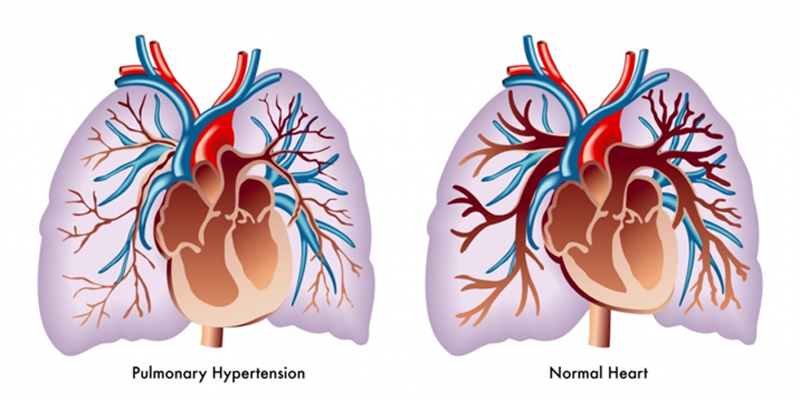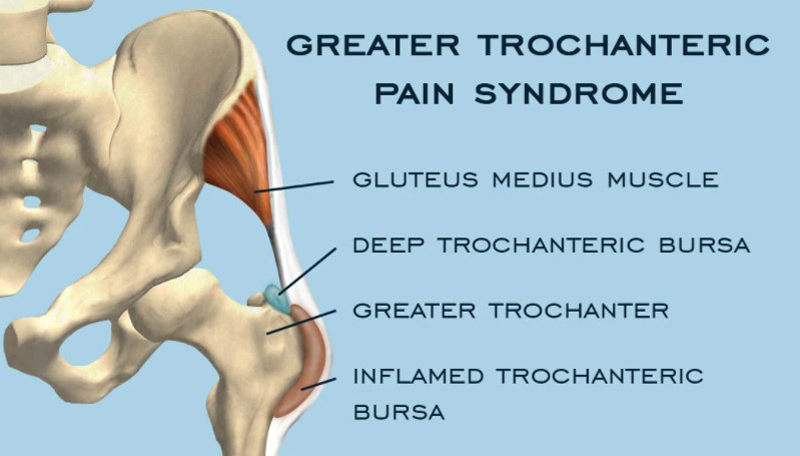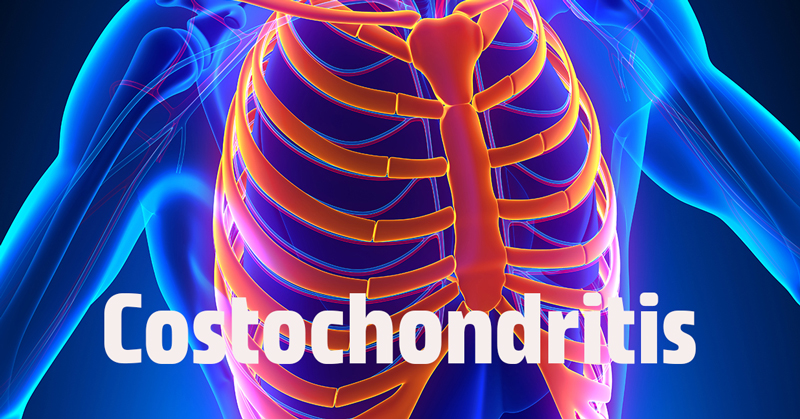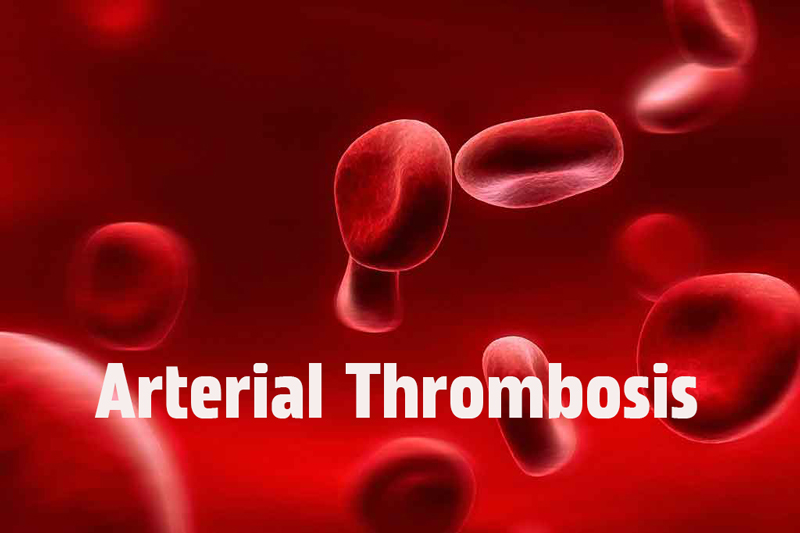Anaphylaxis - The Reaction to Allergies
Nov. 24, 2023 #Allergies
Anaphylaxis, a severe and potentially life-threatening allergic reaction, demands our attention as a critical medical emergency. In this comprehensive article, we will define anaphylaxis, shed light on its causes and symptoms, and delve into the array of available treatments. This article aims to provide a thorough understanding of anaphylaxis.
Defining Anaphylaxis:
Anaphylaxis is a rapid and severe allergic reaction that can affect the entire body. It is an exaggerated response of the immune system to an allergen, leading to a cascade of symptoms that can range from mild to life-threatening. The reaction typically occurs within minutes to hours after exposure to the allergen and prompt intervention is crucial to prevent serious complications.
Causes of Anaphylaxis:
1. Allergens:
Anaphylaxis is most commonly triggered by exposure to allergens, substances that the immune system recognizes as harmful. Common allergens include certain foods (peanuts, tree nuts and shellfish), insect stings or bites, medications (particularly antibiotics and non-steroidal anti-inflammatory drugs), and latex.
2. Exercise-Induced Anaphylaxis:
Some individuals may experience anaphylaxis when they exercise after consuming certain foods or taking specific medications.
3. Idiopathic Anaphylaxis:
In some cases, the cause of anaphylaxis remains unknown, and it is termed idiopathic anaphylaxis.
4. Cross-Reactivity:
Cross-reactivity occurs when the immune system reacts to a substance that is structurally similar to a known allergen. For example, individuals allergic to birch pollen may experience an allergic reaction to certain fruits due to cross-reactivity.
Symptoms of Anaphylaxis:
The symptoms of anaphylaxis can vary in severity and may include:
Skin Reactions:
Itching, hives (urticaria) and redness of the skin.
Respiratory Symptoms:
Shortness of breath, wheezing, chest tightness and coughing.
Gastrointestinal Symptoms:
Nausea, vomiting, abdominal pain and diarrhea.
Cardiovascular Symptoms:
Rapid or weak pulse, low blood pressure and dizziness.
Swelling:
Swelling of the face, lips, tongue or throat (angioedema).
Feeling of Impending Doom:
A sense of impending doom or anxiety.
Altered Mental State:
Confusion or loss of consciousness.
It's important to note that anaphylaxis is a rapidly progressing reaction, and symptoms can escalate quickly. A severe anaphylactic reaction can lead to anaphylactic shock, a life-threatening condition requiring immediate medical attention.
Treatment of Anaphylaxis:
The prompt and appropriate treatment of anaphylaxis is critical to prevent complications and save lives. The primary goals of treatment include:
Administering Epinephrine:
Epinephrine is the first-line treatment for anaphylaxis. It rapidly reverses the symptoms by constricting blood vessels, relaxing airway muscles, and decreasing the release of allergic mediators. Individuals at risk of anaphylaxis are often prescribed auto-injectable epinephrine devices (such as EpiPen) for self-administration in case of an emergency.
Seeking Emergency Medical Attention:
Even after administering epinephrine, individuals experiencing anaphylaxis should seek immediate medical attention. Additional treatments, such as intravenous fluids, oxygen therapy and antihistamines, may be administered in a medical setting.
Identifying and Avoiding Triggers:
Once anaphylaxis has occurred, identifying and avoiding the trigger (allergen) becomes crucial to prevent future episodes. This may involve allergy testing and consultations with allergists to determine specific triggers.
Long-Term Management:
Long-term management of anaphylaxis involves education on allergen avoidance, carrying an epinephrine auto-injector at all times, and having an anaphylaxis action plan in place. Individuals at risk should also wear a medical alert bracelet or necklace indicating their allergy.
Frequently Asked Questions (FAQs):
Can anaphylaxis occur on the first exposure to an allergen?
Yes, anaphylaxis can occur on the first exposure to an allergen. Sensitization may happen with subsequent exposures, leading to more severe reactions.
How quickly does anaphylaxis develop after exposure to an allergen?
Anaphylaxis can develop rapidly, often within minutes to hours after exposure to the allergen. In some cases, symptoms may progress quickly, necessitating immediate intervention.
Is anaphylaxis common?
Anaphylaxis is relatively rare but can occur in individuals with a history of allergies. Prompt recognition and treatment are crucial to prevent severe outcomes.
Can anaphylaxis occur with any allergen?
Anaphylaxis can occur with various allergens, including foods, insect stings, medications and latex. The severity of the reaction can vary based on individual sensitivity.
What is the difference between anaphylaxis and an allergic reaction?
Anaphylaxis is a severe and potentially life-threatening allergic reaction. While all anaphylaxis is an allergic reaction, not all allergic reactions escalate to the severity of anaphylaxis.
Can anaphylaxis be fatal?
Without prompt and appropriate treatment, anaphylaxis can be fatal. Epinephrine administration and immediate medical attention are essential to improve outcomes.
Can anaphylaxis occur in response to exercise alone?
Exercise-induced anaphylaxis is a specific condition where anaphylaxis occurs during or after physical activity. It is often triggered by specific foods or medications taken before exercise.
How long does the effect of epinephrine last?
Epinephrine's effects are rapid but temporary. Additional doses or medical interventions may be necessary, emphasizing the importance of seeking emergency medical attention after epinephrine administration.
Can anaphylaxis occur in children?
Yes, anaphylaxis can occur in children. Common triggers include food allergies, insect stings, and medications. Parents and caregivers should be aware of potential allergens and have an action plan in place for prompt intervention.
What is the role of antihistamines in treating anaphylaxis?
While antihistamines can help alleviate certain allergic symptoms, they are not a primary treatment for anaphylaxis. Epinephrine remains the cornerstone of anaphylaxis treatment due to its rapid and comprehensive effects.
In conclusion, anaphylaxis is a serious medical emergency that requires immediate attention and intervention. Understanding the causes, symptoms, and available treatments empowers individuals to recognize the signs of anaphylaxis







COMMENTS